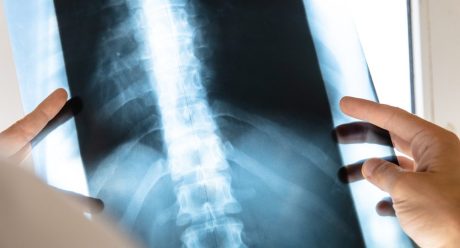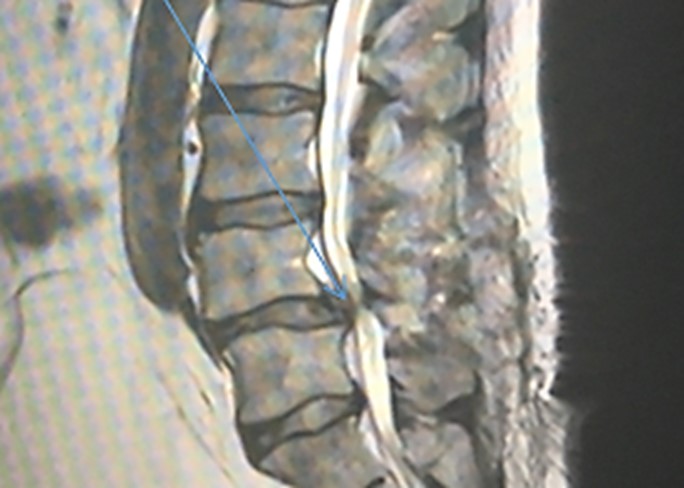Our client Adam sustained a life-changing spinal cord injury following surgery, which prompted multiple additional surgeries that were nonetheless unable to prevent permanent injuries.
Senior associate Carly Ward and senior paralegal Amber Hussain outline how they achieved liability admissions from the defendant and their ongoing work in valuing Adam’s claim.
Background
Before his spinal cord injury, Adam worked in film and television, along with managing his own themed entertainment business.
Adam had a medical history of degenerative scoliosis and had undergone previous surgery. At the start of 2021, he underwent further spinal surgery for ongoing spinal problems at a private hospital carried out by two private surgeons.
Following the surgery, Adam was initially mobilising well, but a week later, he had a fever and problems with his surgical wound. Blood cultures and microbiology swabs were taken, and he was started on a baseline antibiotic. Despite this, Adam continued to have underlying symptoms suggestive of a wound infection. He was informed there was a chance his surgical wound may deteriorate further, and he may need further operations. Shortly after, Adam developed electric shock-like sensations down his back and had problems standing.
An MRI scan was performed, which indicated urgent wound washout surgery was required, and Adam was transferred urgently to another NHS hospital.
After arrival, an initial washout and debridement of the wound was performed. Further intravenous antibiotics were prescribed. Despite this, Adam’s severe pain and leg weakness continued, so a second washout and debridement was carried out.
Following this second surgery, Adam continued to report weakness and was unable to move his legs. A further urgent MRI scan was then performed, which confirmed there was still an infection in his spine, causing compression of his spinal cord.
As a result, third and then fourth washout and debridement surgeries were performed.
Unfortunately, despite these attempts to rectify the post-operative complications, the loss of power, tone and sensation in Adam’s legs did not return. He was transferred for inpatient spinal rehabilitation at a specialised local spinal injury centre to learn to cope with his permanent injuries.
Liability admissions
Stewarts sent a letter of claim detailing the allegations of negligence to the Defendant NHS Trust. The Trust’s letter of response contained full admissions on liability. It admitted that Adam’s irreversible neurological problems had been caused by its negligence.
Judgment was entered, and attention turned to establishing the value of Adam’s claim and compensation. Given his catastrophic injury, expert advice will be obtained in a variety of fields, including care, occupational therapy, physiotherapy, accommodation, psychology and assistive technology.
To date, Stewarts has secured two six-figure interim damages payments to assist Adam with managing his needs through the remainder of the litigation until a final settlement is reached.
Testimonial from client
Adam says: “I am very grateful to the staff of Stewarts for keeping me up to date, arranging various specialists and giving me first-class service.”
You can find further information regarding our expertise, experience and team on our Clinical Negligence pages.
If you require assistance from our team, please contact us.
Subscribe – In order to receive our news straight to your inbox, subscribe here. Our newsletters are sent no more than once a month.






